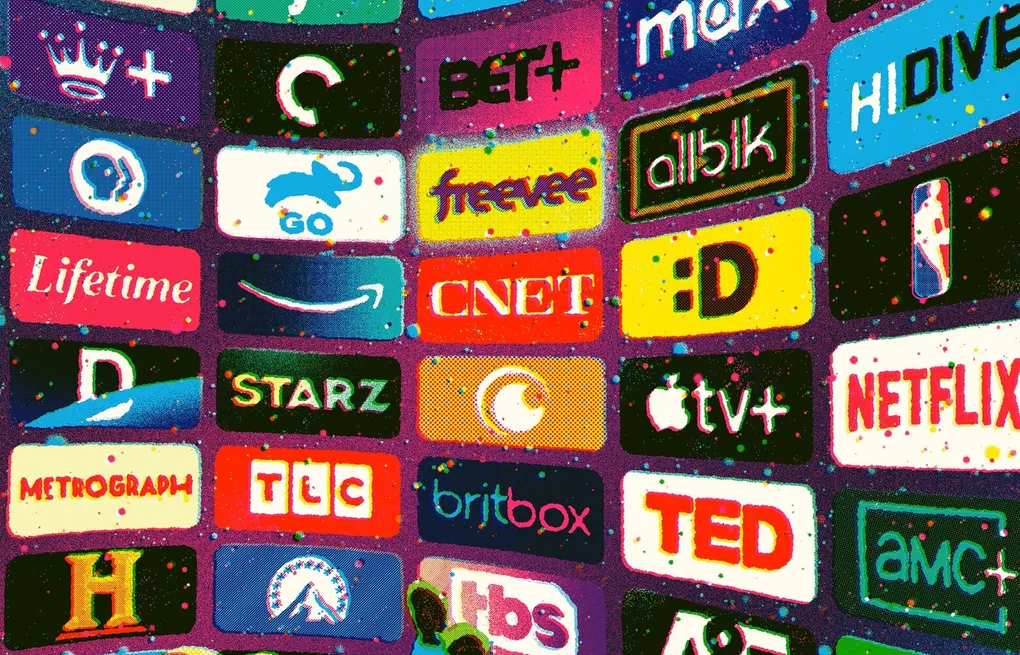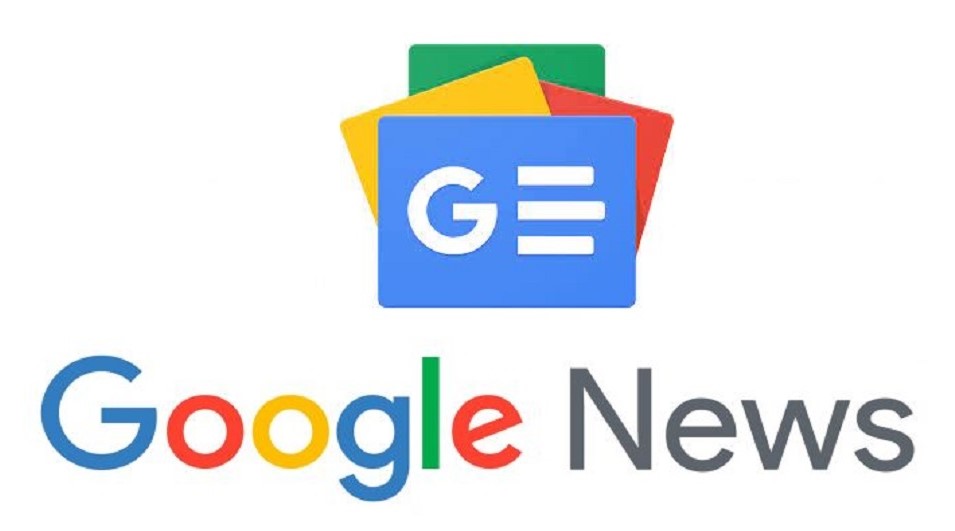Contents
- 1 The Streaming Titans: A Brief Overview
- 2 Netflix: The Pioneer of Streaming
- 3 Amazon Prime Video: The E-commerce Giant’s Entertainment Arm
- 4 Disney+: The Content Powerhouse
- 5 Content Strategies and Investments
- 6 Original Content Battle
- 7 Content Licensing and Exclusivity
- 8 Global Reach and Expansion
- 9 Netflix’s Global Dominance
- 10 Amazon’s Strategic Expansion
- 11 Disney+’s Family-Centric Appeal
- 12 Subscription Models and Pricing Wars
- 13 Pricing Strategies
- 14 Ad-Supported Tiers
- 15 The Future of Streaming: Trends and Predictions
- 16 AI-Powered Personalization
- 17 Expansion into Gaming
- 18 Live Streaming and Sports Rights
Streaming Wars: Netflix, Amazon and Disney+ Competing for Dominance: The streaming industry has revolutionized entertainment consumption over the past decade.
 With audiences moving away from traditional cable TV, platforms like Netflix, Amazon Prime Video, and Disney+ have emerged as the dominant forces, battling for subscribers, content supremacy, and global market share.
With audiences moving away from traditional cable TV, platforms like Netflix, Amazon Prime Video, and Disney+ have emerged as the dominant forces, battling for subscribers, content supremacy, and global market share.
The competition between these giants has intensified, with each platform investing billions in original content, technology, and marketing strategies. This article explores the ongoing streaming wars, comparing the three major players in terms of content libraries, subscription models, global reach, and future strategies.
The Streaming Titans: A Brief Overview
Netflix: The Pioneer of Streaming
Founded in 1997, Netflix began as a DVD rental service before pivoting to online streaming in 2007. With a first-mover advantage, it transformed how people watch TV and movies. By 2025, Netflix has over 270 million global subscribers, making it the largest streaming platform.
- Strengths:
- Extensive content library with globally successful originals (e.g., Stranger Things, Squid Game, The Witcher).
- Strong presence in international markets with regional-language content.
- Data-driven content production tailored to viewer preferences.
- Weaknesses:
- Increasing subscription fees, leading to customer churn.
- Stiff competition from newer platforms offering bundled services.
Amazon Prime Video: The E-commerce Giant’s Entertainment Arm
Launched in 2006, Amazon Prime Video has become a major player by leveraging its vast Amazon Prime membership base. With over 230 million subscribers, Prime Video offers a mix of original series, licensed content, and exclusive films.
- Strengths:
- Bundled with Amazon Prime membership, offering added value.
- Massive budget for original content (The Lord of the Rings: The Rings of Power reportedly cost over $1 billion).
- Integration with Amazon’s e-commerce ecosystem.
- Weaknesses:
- Inconsistent content quality with fewer global hits.
- Complex interface and user experience issues.
Disney+: The Content Powerhouse
Launched in 2019, Disney+ rapidly rose to prominence, thanks to its exclusive rights to beloved franchises such as Marvel, Star Wars, Pixar, and Disney Classics. By 2025, it boasts over 190 million subscribers.
- Strengths:
- Massive content catalog with globally recognized IPs.
- Exclusive Marvel and Star Wars content that drives subscriptions.
- Strong presence in family-friendly and children’s content.
- Weaknesses:
- Smaller content library compared to Netflix and Amazon.
- Limited mature content, reducing its appeal to adult audiences.
- Regional licensing restrictions.
Content Strategies and Investments
Original Content Battle
The streaming giants are in a spending war, investing billions in original programming to attract and retain subscribers.
- Netflix:
- Invested $17 billion in content in 2024, with a focus on international expansion and original shows.
- Massive hits like Squid Game and Money Heist boosted its global appeal.
- Amazon Prime Video:
- Allocated $20 billion in content production by 2025, betting on large-scale franchises.
- High-profile productions like The Boys and Jack Ryan have gained massive followings.
- Disney+:
- Plans to spend $33 billion on content by 2025, the highest among the three.
- Leveraging exclusive rights to Marvel, Star Wars, and Pixar to dominate franchise-based content.
Content Licensing and Exclusivity
Exclusive licensing deals are a major weapon in the streaming wars.
- Netflix struck deals with local and regional production houses in India, South Korea, and Europe, expanding its global footprint.
- Amazon secured exclusive NFL broadcasting rights, diversifying into live sports.
- Disney+ banked heavily on exclusive franchise content, including Star Wars spin-offs and Marvel series.
Global Reach and Expansion
The fight for dominance isn’t limited to the US market—it’s a global race.
Netflix’s Global Dominance
Netflix maintains a significant presence in 190+ countries.
- Localized content and regional productions boost its appeal in India, South Korea, and Europe.
- Its aggressive localization strategy allows it to create region-specific hits.
Amazon’s Strategic Expansion
Amazon Prime Video is part of Amazon’s larger ecosystem, making it easier to expand into new markets.
- Strong presence in Latin America, Asia-Pacific, and Europe.
- Leverages Amazon’s e-commerce reach for bundled memberships.
Disney+’s Family-Centric Appeal
Disney+ has focused on rapid expansion, reaching over 100 markets in three years.
- Strong foothold in North America, Europe, and Australia.
- Gradual rollout in Asia and Africa to capture emerging markets.
Subscription Models and Pricing Wars
Pricing Strategies
Subscription pricing is a key battleground:
- Netflix:
- Tiered pricing with Basic, Standard, and Premium plans.
- Ad-supported tier introduced to retain price-sensitive subscribers.
- Amazon Prime Video:
- Included with Amazon Prime membership, making it highly affordable.
- Standalone Prime Video plans available in select countries.
- Disney+:
- Low-cost introductory pricing to rapidly acquire subscribers.
- Bundled packages with Hulu and ESPN+ in the US.
Ad-Supported Tiers
All three platforms introduced ad-supported plans in response to rising subscription fees.
- Netflix: Lower-priced, ad-supported plans have gained traction.
- Amazon: Introduced ad breaks in select regions to offer discounted subscriptions.
- Disney+: Rolled out ad-supported plans to remain competitive with lower-priced options.
The Future of Streaming: Trends and Predictions
AI-Powered Personalization
Streaming platforms are leveraging AI and machine learning to enhance content recommendations.
- Netflix’s AI algorithms optimize content suggestions, keeping viewers engaged.
- Amazon’s AI-powered voice search and smart recommendations enhance the user experience.
- Disney+ uses AI to personalize family content recommendations.
Expansion into Gaming
Streaming services are diversifying into cloud gaming and interactive content.
- Netflix Games: Developing in-house games based on its popular IPs.
- Amazon Luna: Cloud gaming platform integrated with Amazon Prime.
- Disney+ Interactive Experiences: Early-stage plans for interactive shows and games.
Live Streaming and Sports Rights
The future of streaming will see more focus on live sports and event streaming.
- Amazon’s NFL deal positions it as a key sports streamer.
- Netflix is considering live sports broadcasting deals.
Disney+ offers ESPN+ bundling, strengthening its sports content.
The streaming wars between Netflix, Amazon Prime Video, and Disney+ are far from over. Each platform is leveraging its strengths—Netflix’s global content, Amazon’s e-commerce synergy, and Disney+’s franchise dominance—to win over subscribers. As the battle intensifies, viewers can expect more original content, aggressive pricing strategies, and innovative experiences.
The competition will likely reshape the entertainment landscape for years to come, making it a thrilling era for both content creators and consumers.






